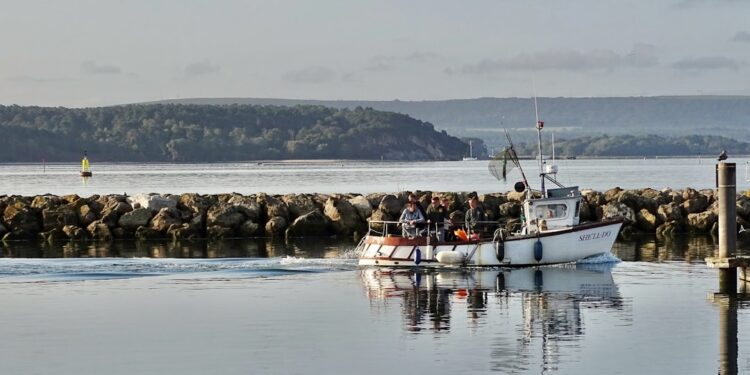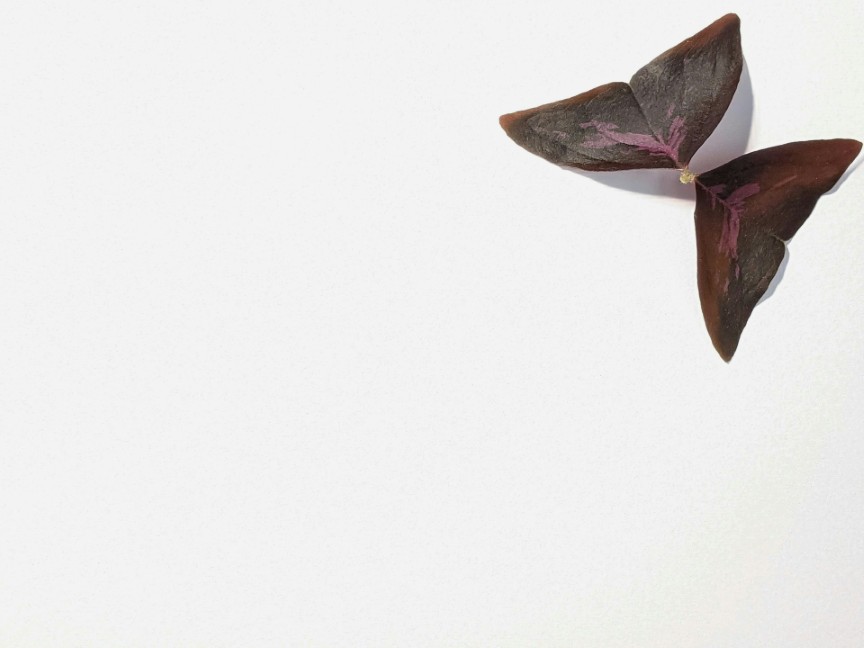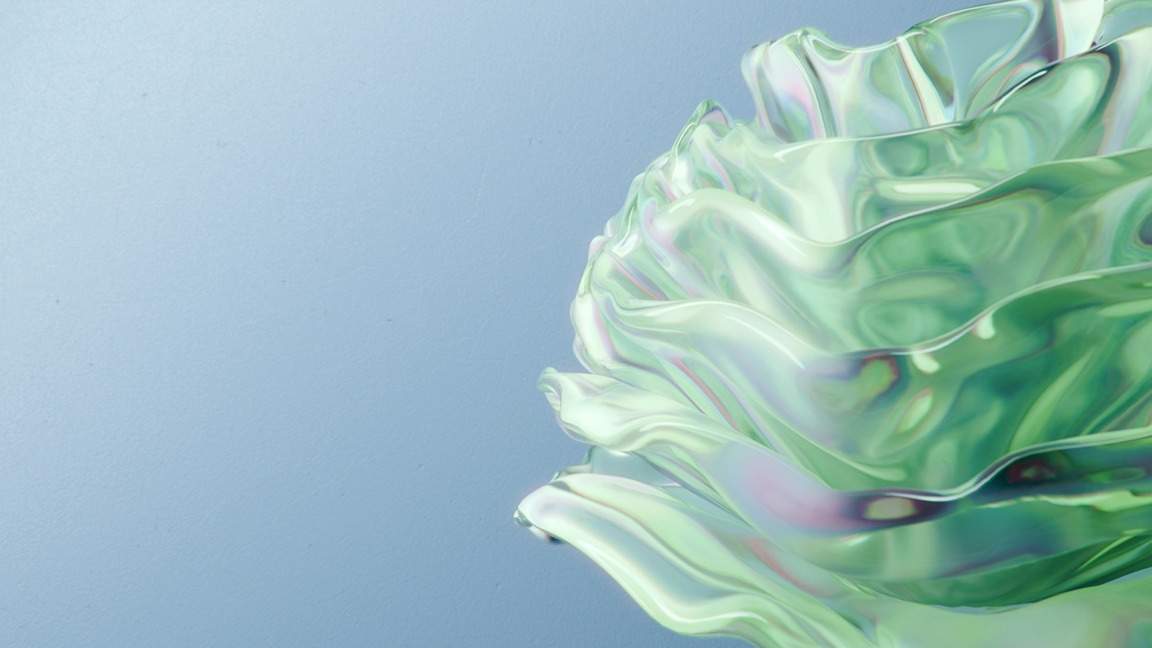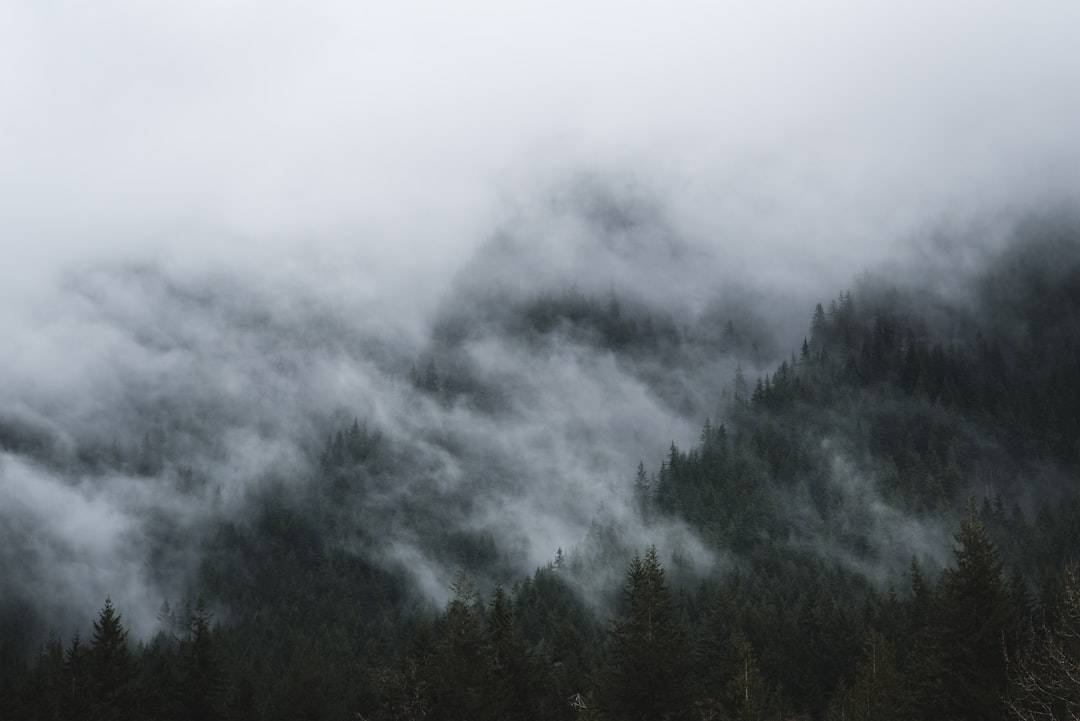Watercolor painting is a beautiful and timeless art form that has been practiced for centuries. The delicate and translucent nature of watercolors creates paintings that have a unique and captivating quality. The medium requires a certain level of skill and finesse, but with practice and dedication, anyone can learn the art of watercolor painting.
One of the most appealing aspects of watercolor painting is the way the colors blend and flow together on the paper. Unlike other painting mediums, such as acrylic or oil paint, watercolors are known for their transparency and luminosity. This allows artists to create soft, dreamy washes of color that can evoke a sense of light and atmosphere in their paintings.
To get started with watercolor painting, you will need a few basic supplies. These include watercolor paints, watercolor paper, brushes, a palette, and water. Watercolor paints come in a variety of forms, including tubes, pans, and liquid watercolors. Tubes are the most versatile and can be squeezed onto a palette and mixed with water to create different shades and tones. Pans are solid blocks of dried paint that can be activated with water, while liquid watercolors come in bottles and are ready to use straight out of the bottle.
Watercolor paper is specially designed to absorb and hold watercolor paint without buckling or tearing. It comes in various weights and textures, with different surfaces suited to different painting styles. Cold-pressed paper has a slightly textured surface that is ideal for creating loose, expressive paintings, while hot-pressed paper has a smooth surface that is perfect for detailed and intricate work.
When it comes to brushes, it’s best to invest in a few high-quality brushes that are specifically designed for watercolor painting. Sable hair brushes are considered the best choice for watercolors, as they are soft, absorbent, and hold a good amount of paint. However, synthetic brushes can also be a good option for beginners or those looking for a more affordable alternative.
Once you have your supplies, it’s time to start painting! One of the key skills in watercolor painting is learning how to control the amount of water and paint on your brush. Too much water can cause the colors to bleed and run together, while too little water can result in dry, scratchy brushstrokes. Experiment with different levels of water and paint on your brush to achieve the desired effects in your paintings.
Another important aspect of watercolor painting is learning how to layer and blend colors. Watercolors are translucent, which means that the colors can be built up in layers to create depth and richness in your paintings. Start by applying a light wash of color to your paper, and then gradually add more layers of paint to create shadows and highlights. Use a clean, damp brush to blend the colors together and create smooth transitions between different shades.
One of the best ways to improve your watercolor painting skills is to practice regularly and experiment with different techniques and styles. Try painting from life, using photographs as reference, or simply letting your imagination guide you. Don’t be afraid to make mistakes – watercolor painting is a forgiving medium that allows you to layer and correct errors as you work.
There are also many resources available to help you learn the art of watercolor painting. Online tutorials, books, workshops, and classes can all provide valuable information and inspiration for aspiring watercolor artists. Joining a local art group or attending painting sessions can also be a great way to connect with other artists and learn from their experience.
In conclusion, watercolor painting is a beautiful and rewarding art form that offers endless possibilities for creativity and self-expression. With the right supplies, techniques, and a bit of practice, anyone can discover the joy of working with watercolors. So grab your brushes and paints, and unleash your creativity on paper – you may just discover a hidden talent for watercolor painting that you never knew you had.















